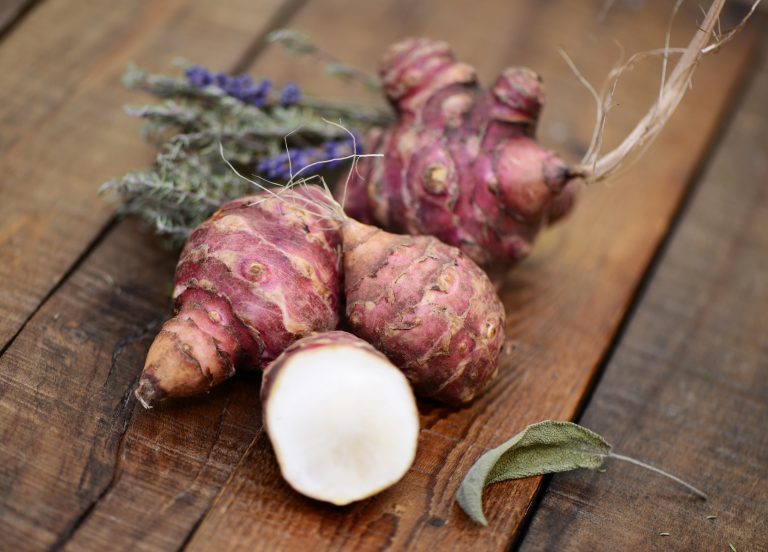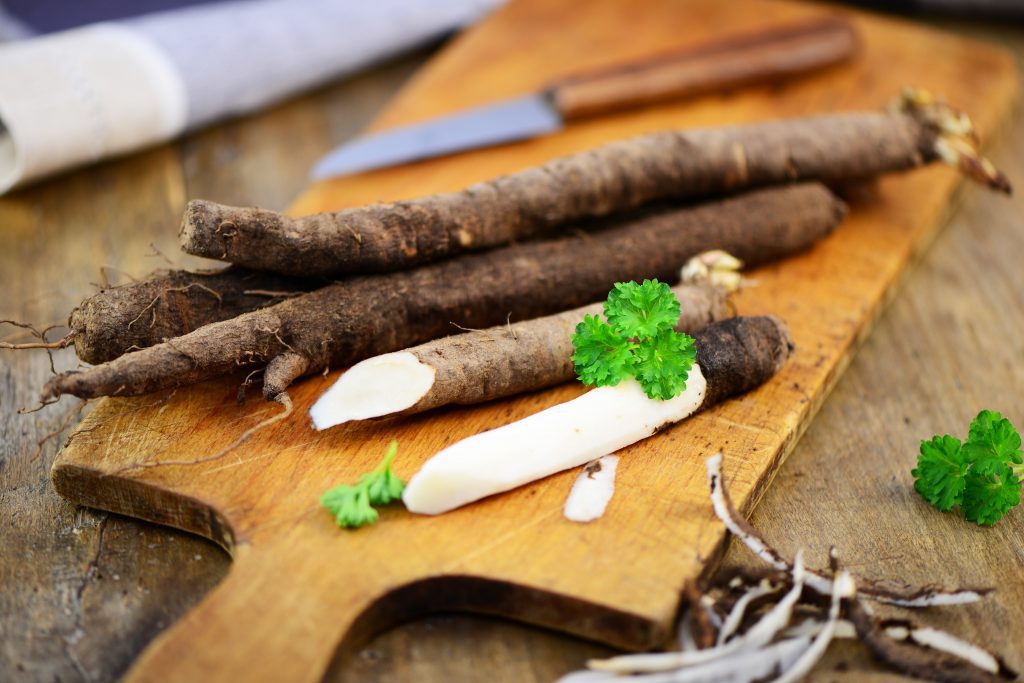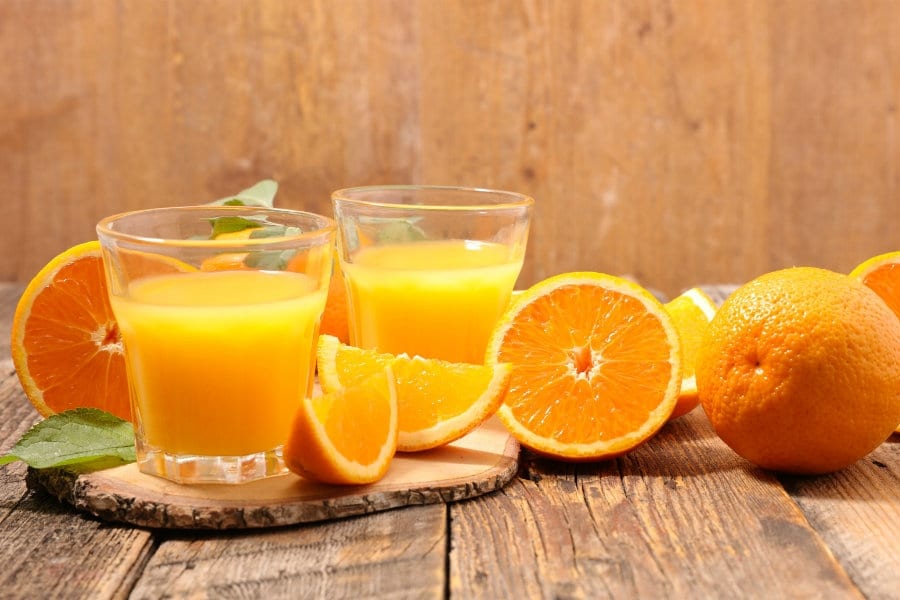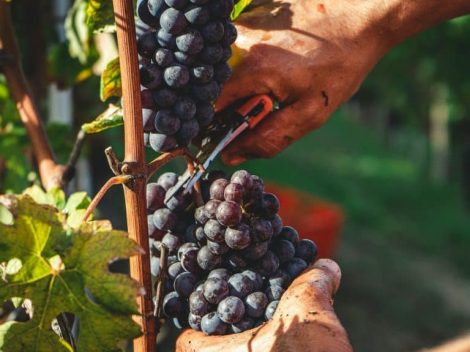Our monthly column dedicated to the best produce to bring to our tables is back. February fruits and vegetables are rich in vitamins and minerals, and help you stay cold and flu free. Cauliflower, spinach, chard, Brussels sprouts, broccoli, artichokes, puntarelle, endive, fennel, cardoons, radicchio, celery, but also beets and scorzonera, carrots, Jerusalem artichokes and other root vegetables: in short, there’s plenty of choice and many simple and more challenging recipes to try out.
February vegetables
We have already talked about cruciferous vegetables many times, but February brings two less known produce that deserve to be discovered: Jerusalem artichoke and scorzonera. The former is a high-fiber tuber, also called sunchoke or sunroot, which helps regulate bowel movements and blood sugar level. In order to taste it at its best, you can bake it together with mushrooms or potatoes, purée it, or turn it into delicious fried chips for a tasty appetizer. The latter, instead, is a plant native to Eastern Europe that belongs to the same family of artichokes: it is mainly cultivated in Northern Italy, where it is also known as ‘winter asparagus’, and can be used in fresh salads or cooked in the pan or in the oven for a light side dish.
February fruits
When flu season hits, fruits rich in vitamin C come to the rescue in February as well. Oranges, citrons, kiwis, lemons, tangerines, grapefruits, pears and apples can be eaten as is or used to prepare delicious desserts, first of all jams to use in different ways. Thanks to their aroma and flavor, oranges can also be used in savory dishes instead of lemon: a great deal of meat and fish recipes as well as first courses can be flavored with citrus fruits’ juice and zest, which lends character to the dish (it is advisable to use untreated fruits). Lastly, kiwis and pomegranates are perfect for making excellent breakfast smoothies.
by Michela Becchi




 The irresistible charm of oxidative wines: the diaries of a Master of Wine
The irresistible charm of oxidative wines: the diaries of a Master of Wine "A Puglian cuisine without orecchiette or traditional dishes": Somma in Singapore explores the fine dining of the future
"A Puglian cuisine without orecchiette or traditional dishes": Somma in Singapore explores the fine dining of the future Here's how Valpolicella is evolving through the journey of an iconic wine
Here's how Valpolicella is evolving through the journey of an iconic wine "Chenin Blanc will be the new Chardonnay": Interview with Master of Wine Madeleine Stenwreth
"Chenin Blanc will be the new Chardonnay": Interview with Master of Wine Madeleine Stenwreth The ancient chocolate factory hidden in the alleys of Rome
The ancient chocolate factory hidden in the alleys of Rome






